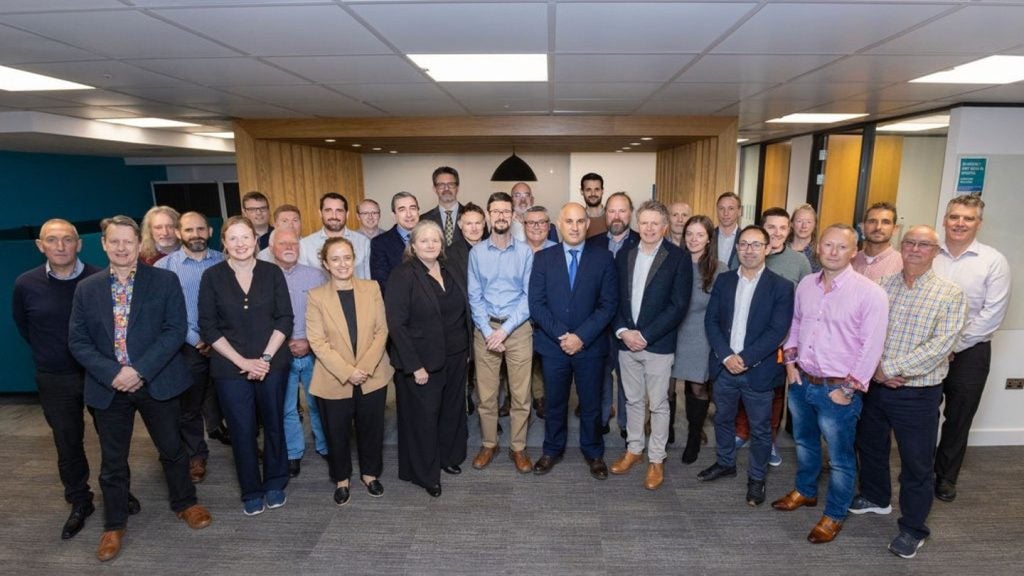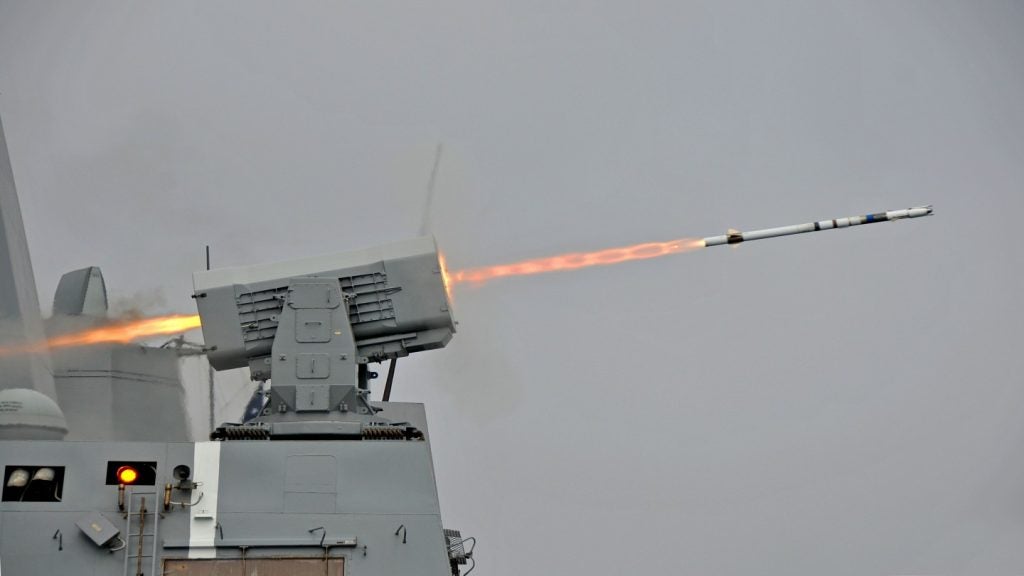
Using biology as the basis for new technologies is not a new idea in defence research but applying the idea to robotics could see the shape of military robots change forever. In the latest issue of Global Defence Technology we report on the roll-call of devices that have been inspired by the world of nature.
Also, we announce the inaugural GDT / SDI awards, profile ground breaking armoured vehicle technologies, investigate the breakthroughs in military training and standards that has improved the standard of care for critically injured soldiers on the front line, and we weigh up the pros and cons of the F-35 programme and ask is it good for Britain?
Moreover, we learn how Plextek’s new ground surveillance radar could help detect small UAVs, take a look at how mine countermeasure (MCM) Systems have evolved and profile BCB International’s non-lethal launcher, which aims to stop pirates in their tracks.
Click here to read the latest issue.
In this issue
Global Defence Technology Awards 2013
Ones to Watch
To recognise outstanding achievements in defence technology and innovation and we are proud to announce the inaugural GDT / SDI Awards.
Click here to read the full article.
How well do you really know your competitors?
Access the most comprehensive Company Profiles on the market, powered by GlobalData. Save hours of research. Gain competitive edge.

Thank you!
Your download email will arrive shortly
Not ready to buy yet? Download a free sample
We are confident about the unique quality of our Company Profiles. However, we want you to make the most beneficial decision for your business, so we offer a free sample that you can download by submitting the below form
By GlobalDataSpecial Report
Bio-Inspired Robots
Most military robots draw on mechanical models as a means of locomotion but whole new groups of robotic agents are now evolving, inspired by the world of nature.
Click here to read the full article.
Army
The Future is Armoured
The variety of models currently out of tender demonstrates a lack of consensus on future vehicle designs. We look at the areas where agreement is growing.
Click here to read the full article.
Front Line A&E
Breakthroughs in military training and treatment are bringing hospital standards of care to the front line. Global Defence Technology considers the importance of improving the outlook for critically injured soldiers during the vital first hour and beyond.
Click here to read the full article.
Air Force
Lightning Strikes
From its joint strike fighter origins, the F-35 programme has been plagued by technical hitches, delays and cancellations. We ask whether the UK can get its money’s worth.
Click here to read the full article.
When Drones go Rogue
Small unmanned vehicles (UAVs) are cheap, readily available and difficult to detect, meaning enemy forces could use them to gather intelligence. Global Defence Technology learns how Plextek’s new ground surveillance radar could help.
Click here to read the full article.
Navy
The Devil in the Deep Blue Sea
Naval mines still pose a significant threat to civilian shipping, fishing and military fleets. We investigate how mine countermeasure (MCM) Systems and the autonomous or remote controlled vessels that carry them are evolving rapidly.
Click here to read the full article.
Anti-Pirate Launcher
BCB International has showcased a non-lethal launcher to tackle piracy. We look at how this Moby Dick-inspired weapon can stop pirates in their tracks.
Click here to read the full article.
Next Issue
The 24/7 nature of modern operations puts unprecedented demand on the vigilance and alertness of service. We find out how cognitive science is being used to fight fatigue during sustained round-the-clock missions. We also explore the challenges military medical personnel is faced with in responding to a humanitarian emergency.
Moreover, we take a look at Lockheed Martin Skunk Works’ designs for the SR-72 hypersonic spy plane, profile the ten most advanced fighter jets currently in development and operation around the world, talk to QinetiQ about submarine design and its work for Australia’s Future Submarine project, and take a look at BMT’s study into extending the lifespan of Australia’s entire surface fleet.
Subscribe for free to receive future issues of Global Defence Technology.
Digital magazine FAQ
The digital magazine is viewable on any computer with Flash Player installed. It is also viewable on mobile devices, iPhones and iPads though some features and videos will be disabled.
View the archive of past issues.








